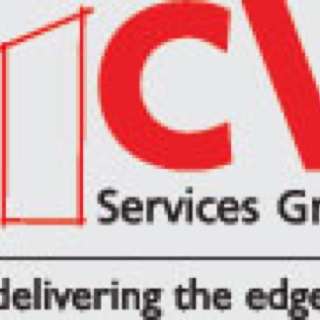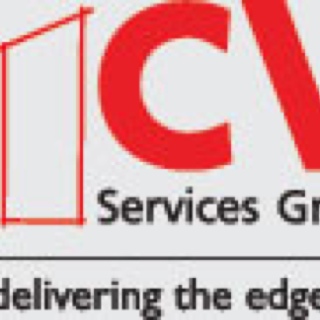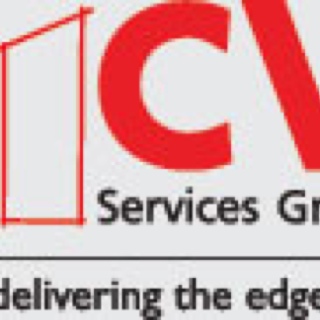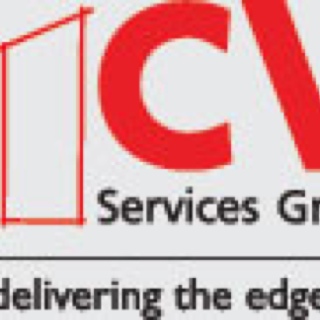Information
-
QFTS-015
ELECTRICAL QUALITY ASSURANCE - TRADE SERVICES
FIELD AUDIT - ELECTRICAL SAFETY -
Name of electrical worker?
-
Job number?
-
Builder/Client
-
Conducted on
-
Location
-
Description of task;
-
Supervisor?
-
Prepared by
Personal Electrical Safety
-
Audited task
-
Is the worker wearing standard PPE as per company policy?
-
Risks and controls addressed: ESWMS (Environmental Safe Work Method Statement) #
-
Does the worker comprehend all elements of the ESWM?
-
Has the JSA been completed correctly and compliant with OH&S legislation?
-
Have additional hazards been identified, recorded and discussed with the work group?
-
Comments
-
Has the worker demonstrated good organisational skills in readying themselves for the task at hand?<br>(assess co-ordination of tasks and site management)
-
Lockout kit required?
-
Does the worker have access to a lockout kit and is one ready for the task?
-
Is the worker able to demonstrate correct use of lockout devices and clasps?
-
Is the worker able to demonstrate correct use of danger tags? (e.g. filled out correctly, attached to lockout etc.)
-
Live work
-
Has the worker filled out and submitted the relevant permits and/or notified the customer and relevant personnel that live work is required?
-
Is the worker deemed competent to work live and fit for work?
-
Is the safety observer deemed competent to assist with live work and fit for work?
-
Has the worker inspected the Low Voltage Rescue kit as complete and all items visually inspected as safe and within the test period?
-
Has the worker inspected the rubber mat as safe and within the compliant test period?
-
Has the worker established a safe area of work? For example are there bollards and adequate barricading present?
-
Comments
-
Communication & Cohesion
-
Does the worker communicate project and safety issues clearly with fellow workers and customers in a respectful and professional manner?<br>(assessing effective communication skills and team support)
-
Does the worker provide solutions to project work?
-
Does the worker operate in a collaborative and ethical manner with fellow workers in accordance with CV values?
-
Does the electrician in charge demonstrate adequate coaching and mentoring techniques to team members in accordance with CV values?
-
Comments
-
Documentation
-
Are the relevant project documents completed correctly and legible?
-
Are site plans and schematics kept in an orderly manner?
-
Is the worker able to demonstrate correct use and comprehension of site plans and schematics?
-
Does the worker comprehend the elements of an MSDS?
-
Does the worker know where the MSDS are kept and can be accessed?
-
Emergency planning
-
Has the worker established an emergency plan of action as a related control measure? e.g. clear rescue path identified, emergency contacts, evac points, first aid kit present etc.
-
Working at heights
-
Has the worker demonstrated correct use of an elevated work platform? (e.g. pre-start, log book)
-
Has the worker accounted for safe wind speeds and weather conditions?
-
Has the worker assigned a spotter?
-
Has the worker identified and delineated an appropriate drop zone?
-
For work at height, being conducted outdoors, has the worker taken the necessary steps to ensure that working at height is safe to do so under current weather conditions? (e.g. wind speeds correctly identified)
-
Want to add a photo?
-
Photographic evidence of project task being audited
-
Overall demonstration of compliance for personal electrical safety?
-
Comments
Equipment and Plant (company)
-
Audited task
-
Vehicle
-
Has the worker demonstrated cleanliness and maintenance of the work vehicle?
-
Are tools and materials stored in the correct manner and in a serviceable condition?
-
Is company test equipment within test, serviceable and stored in the correct manner?
-
Traffic management
-
Has the applicable traffic management (i.e. vehicular and pedestrian) control measures been established (e.g. correct placement of signs, cones and barriers) and have the levels of planning been satisfied (i.e. hand sketch, nominated WMS, Traffic Management Plan)?
-
Dunnage
-
Is dunnage being utilised as required as required under stabilising legs for plant such as EWPs, lifter/borers, GP trucks etc? Are the wheels chocked where required? Is the plant and equipment set up correctly? Are log books being utilised and daily plant maintenance checklists being completed?
-
Housekeeping
-
Is housekeeping of the job site, plant and machinery in an acceptable condition that does not pose a hazard to staff or members of the public? E.g. 1. Spoil stock piles stored away from an excavation approximately the same distance as the trench's depth; 2. Tools, materials and equipment are not stored or carried where they can interfere with the operating controls) etc.
-
Safe contingency planning
-
Has the safety observer prepared rescue equipment and identified a clear rescue plan and aware of other emergency requirements? E.g. How to lower the EWP to conduct an onsite rescue.
-
Overall demonstration of compliance for equipment and plant?
-
Comments
Materials Safety
-
Audited task
-
Safe work with materials
-
Are sediment control methods employed and effective?
-
If suspected contaminated materials are located/identified;<br>1. Have appropriate measures been taken to limit exposure?<br>2. Have appropriate storage and disposal methods been adopted? <br>3. Has there been compliance with current instructions? (Asbestos Contaminated Materials (ACM), Acid Sulphate soils etc)
-
Oil spills noted/controlled/managed and reported?
-
Fire Ants – restricted areas noted, compliance with Fire Ant restrictions regarding materials transport? / Weeds – is the uncontrolled transportation of declared plant seed eliminated?
-
Are the relevant MSDS available at the point of use and are team members aware of the contents of the MSDS for products being used and the appropriate control measures to be utilised?
-
Overall demonstration of compliance with materials safety?
-
Comments
Installation Practices & Comprehension
-
Audited task
-
AS/NZS 3000:2007 Wring Rules accessible to worker? (i.e. in tool bag and/or vehicle and/or iPhone and/or iPad)
-
Relevant practices - competency based questions
-
General
-
It is important to ensure 'facility of maintenance' is provided with all electrical work so that electrical equipment can be easily changed or modified post installation.
-
Switchboards
-
When inspecting/completing a switchboard is it acceptable (in cut-outs) for poles to be left open or unfilled in the escutcheon cover?
-
Circuit protection
-
How are you able to determine the maximum allowable route length of cable that can be wired to a circuit breaker?
-
Wiring systems
-
Using PVC conduit to protect concealed cabling in a wall cavity can be considered as adequate mechanical protection?
-
Electrical equipment
-
Power outlets can be installed within 300mm of a finished floor/surface?
-
Earthing
-
Minimum size protective earth conductors for cabling of circuits are determined by;
-
Wet areas
-
Electrical equipment installed within areas must be protected by an RCD provided they are not supplied from an isolated supply?
-
Special situations
-
Inverter or generation systems must be operated by a separate isolator?
-
Testing and verification
-
Timed tests of RCDs 30mA and above must ensure the device trips within;
-
High Voltage work
-
Is the worker competent to conduct HV switching and isolation?
-
Has the worker filled out and submitted the relevant HV permits and/or notified the customer and relevant personnel that high voltage work is required?
-
Has the worker demonstrated competency by following procedural steps when conducting safe isolation of HV systems?
-
Overall demonstration of compliance with installation practices and comprehension?
-
Comments
Worker Competency Evaluation
-
Overall evaluation of worker competency?
-
Comments
-
Signature of employee
-
Signature of manager











